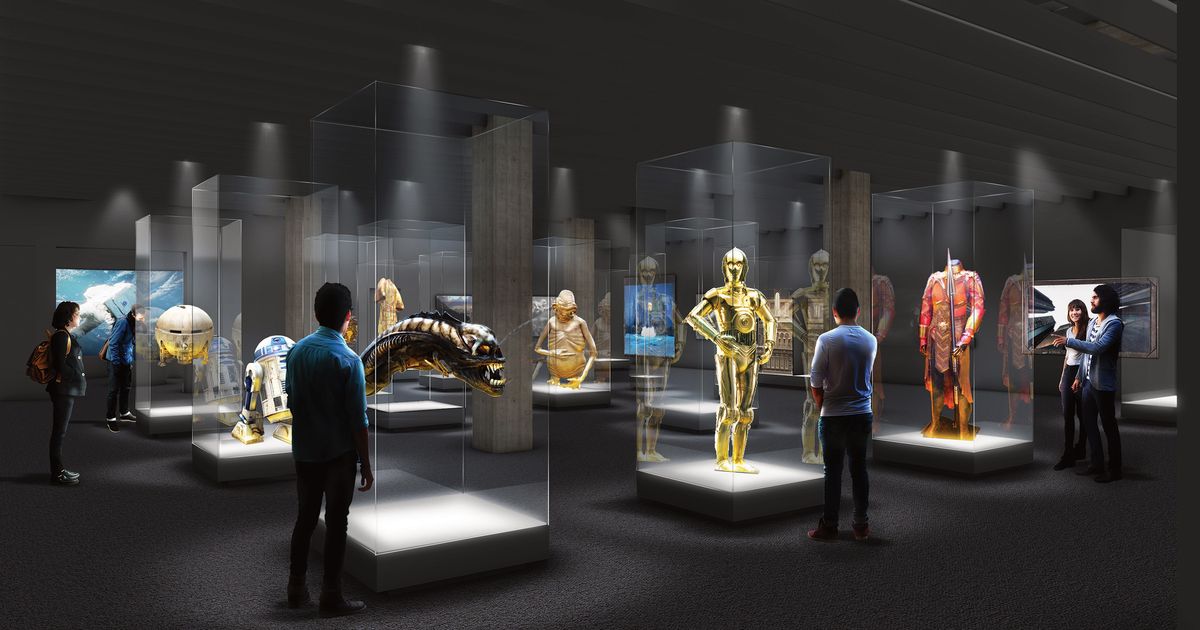
Ever since the first Academy Awards were held at the Hollywood Roosevelt Hotel in 1929, Los Angeles has been synonymous with the film industry. However, perhaps due to its aversion to nostalgia, the city has never had a major museum dedicated to the history of cinema. That will change on 30 September when the Academy Museum of Motion Pictures is due to open its doors to the public.
Rather than a chronological showcase of Hollywood glitz and glamour, the 300,000 sq. ft, $482m museum designed by Renzo Piano aims to present a non-linear exploration of film from around the globe, from blockbusters to independents, highlighting all of the myriad elements that go into creating movie magic. “We don’t need to rehash the same stories again and again, particularly when there are so many stories to tell and so many that have been lost, hidden or forgotten,” says Doris Berger, the senior director of curatorial affairs at the museum.
To tell those stories, the museum will draw on its own collection of 5,000 items as well as the collection of its founder, the Academy of Motion Picture Arts and Sciences, which includes more than 13 million objects, from costumes and props—including Dorothy’s ruby slippers from The Wizard of Oz (1939) and the headpiece designed by H.R. Giger from Alien (1979)—to annotated screenplays, concept art, photographs and early film cameras.
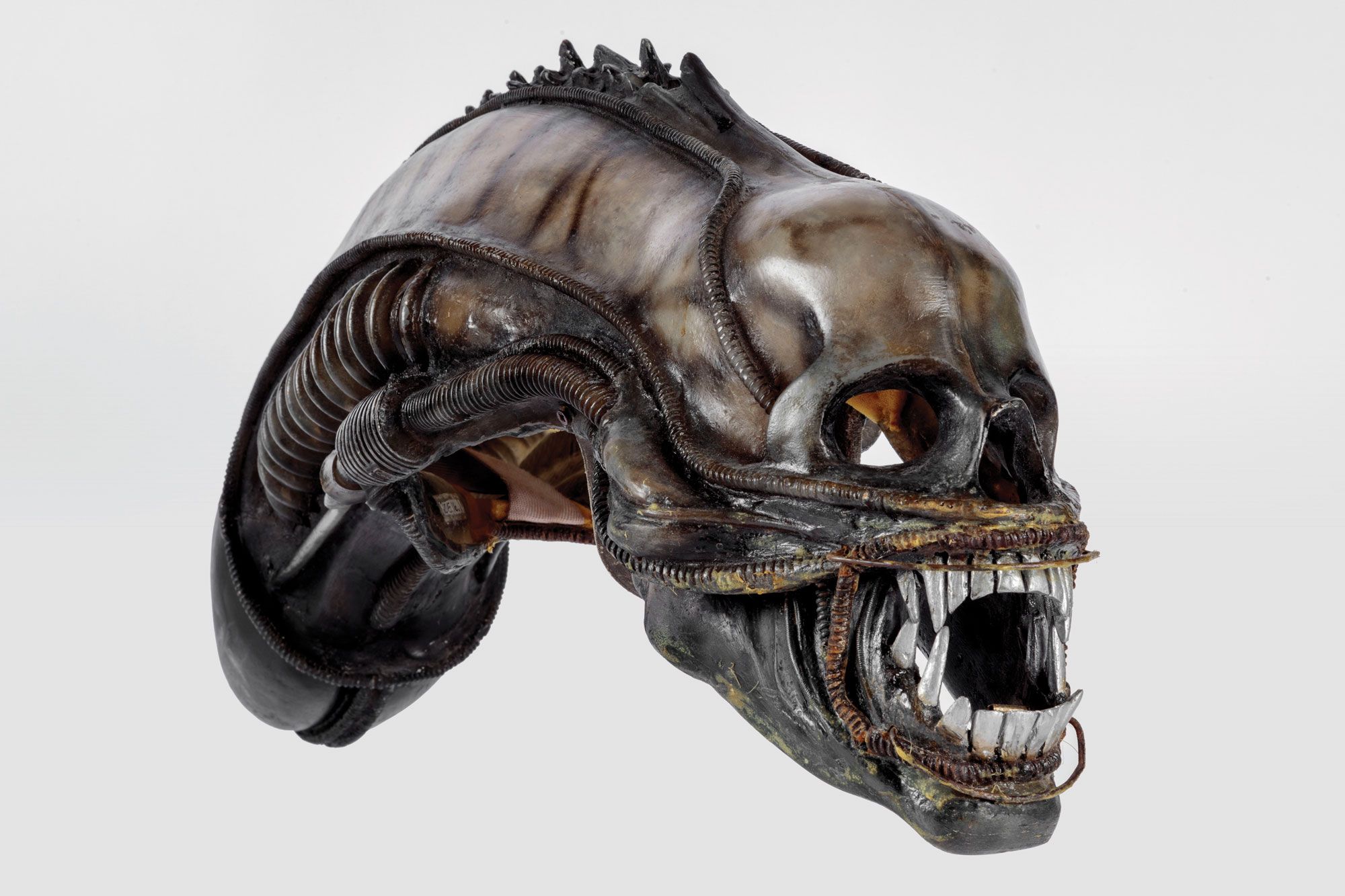
Exhibitions will present these objects and works of art alongside film clips, interviews and behind-the-scenes footage playing on screens throughout the museum, creating a balance “between material culture and the moving image”, as Berger puts it. “We’re working to ensure that the experience of moving through our galleries feels dynamic and engaging and exciting, to give you the same visceral reaction that you have when sitting in a movie theater,” says Bill Kramer, the museum’s director, who took over from the founding director Kerry Brougher in 2019.
Representing the invisible
Kramer invited Kulapat Yantrasast of WHY Architecture to reimagine the core exhibition design, creating a more interpretative space that encourages visitors to draw their own connections. “You want to be open and representative of all aspects of film, and the politics behind it,” Yantrasast explains. “We try to represent not just the visible, but also the invisible. Some museums are like textbooks. This is not one of them. It really emphasises discovery.”
These core exhibitions include Stories of Cinema, a journey that spans three floors. It begins in the ground-floor Spielberg Family Gallery, where a montage of scenes from 700 films unfolds across six large screens in a 14-minute loop. It continues on the second floor, with a rotating series of six vignettes incorporating objects and clips focusing on significant films and film-makers, both well known and overlooked but influential. These include the canonical Citizen Kane (1941)—the famous sled Rosebud will be on view; the actor and martial artist Bruce Lee; the cinematographer Emmanuel “Chivo” Lubezki; Oscar Micheaux, one of the earliest prominent African American film-makers; and the 2002 film Real Women Have Curves, which was set and shot in Los Angeles in the predominantly Latino neighborhood of Boyle Heights. “We’re not only telling the story of Hollywood cinema,” Berger says. “We are really going beyond and creating dialogues and connections, acknowledging that history is being made every day.”
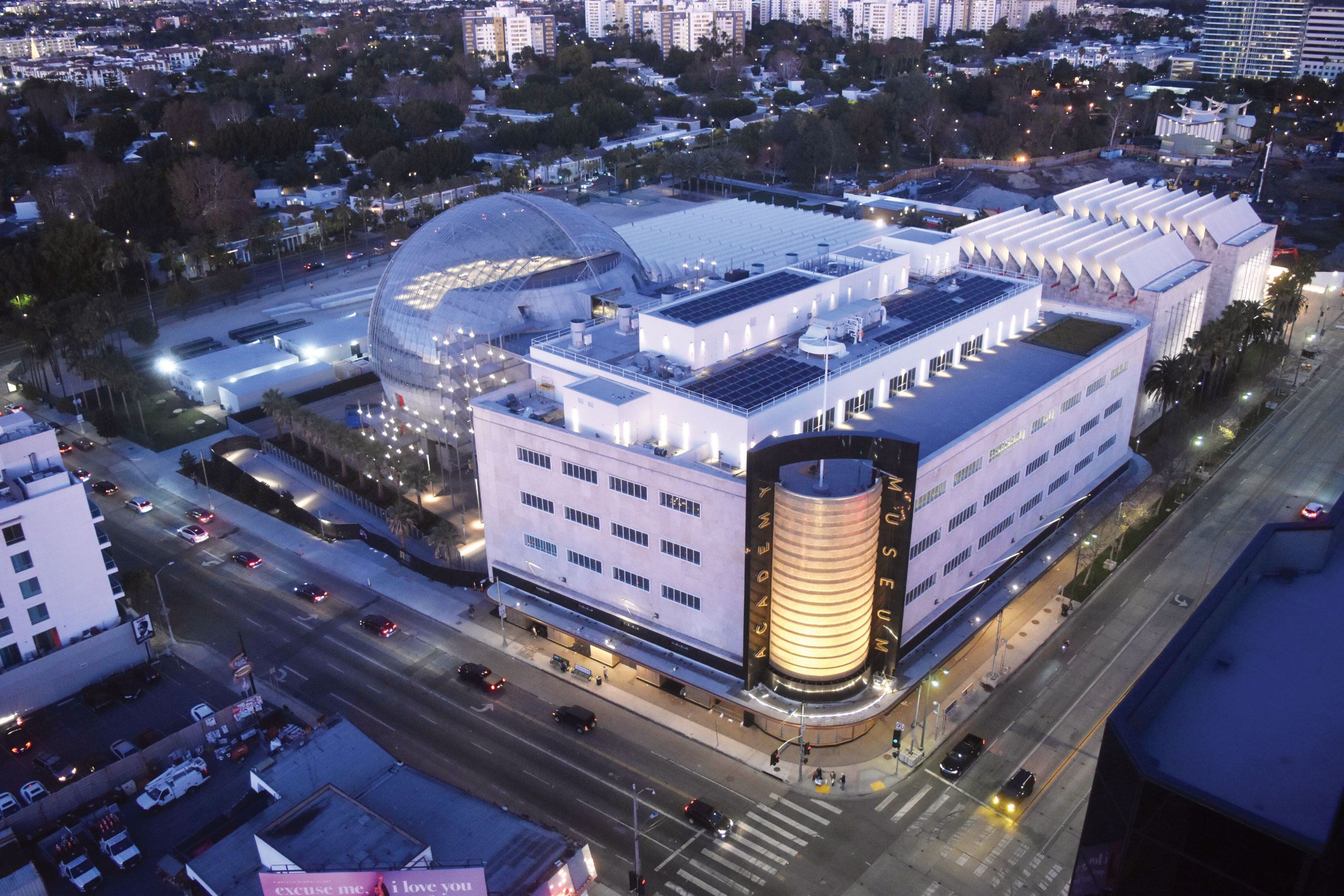
Other galleries highlight the various crafts that go into film-making: make-up, costume, sound design, visual effects and screenwriting, in addition to producing, directing and acting.
Beyond the exhibition spaces, the building houses two movie theatres that will provide robust programming, including film series highlighting the work of the Indian film-maker Satyajit Ray, the New Zealand director Jane Campion and the early Chinese American actress Anna May Wong.
The museum’s first temporary exhibition will focus on Hayao Miyazaki, the visionary Japanese animator and co-founder of Studio Ghibli, which has produced films with wide crossover appeal such as My Neighbor Totoro (1988), Princess Mononoke (1997) and Spirited Away (2001). That will be followed next year by Regeneration: Black Cinema 1898-1971, a sweeping survey of African American film-making.
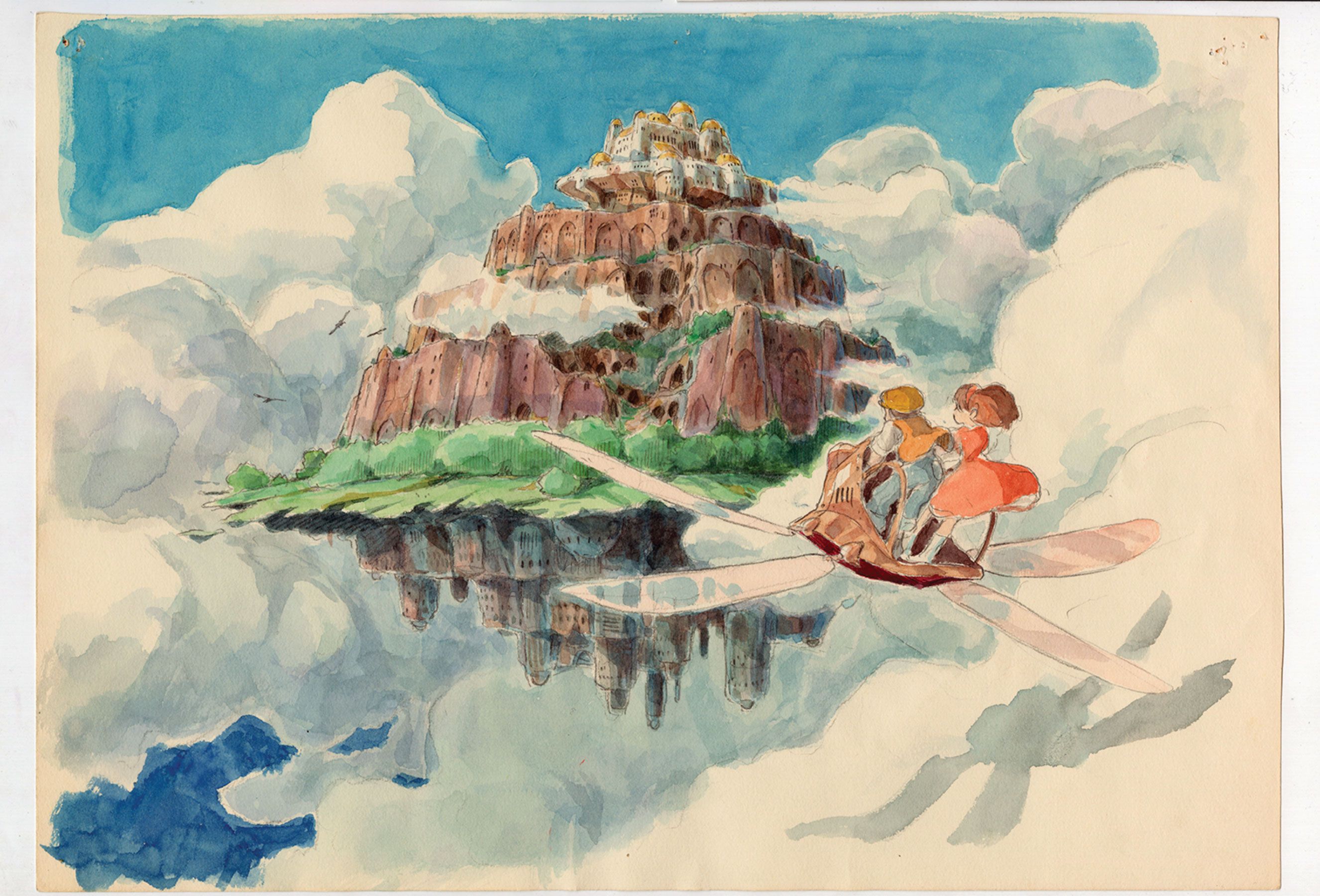
The museum’s expansive and inclusive direction has in part been spurred by recent activism surrounding racism and sexism in Hollywood. Since planning began in earnest almost a decade ago, both #OscarsSoWhite and the #MeToo movement have forced an uncomfortable reckoning within the film world and the greater culture.
“This is an important moment for the film industry to respond to these concerns and demands in a meaningful way,” says Jacqueline Stewart, the museum’s chief artistic and programming officer. “Museums are responding as well, and we’re at the nexus of those two institutional histories.”
In 2019, the museum bolstered its Inclusion Advisory Committee, which includes the actors Whoopi Goldberg, and Marlee Matlin and the producer Effie Brown, by expanding it from eight to 24 members. The Stories of Cinema sections were also rethought to incorporate a diversity of backgrounds and perspectives, and to include striking examples of inequality and discrimination, like the history of blackface in the makeup industry or racism in animation.
Even in celebratory galleries, like a cylindrical gold chamber that houses 20 Oscar statues, there is an acknowledgment of their social context and surrounding political tensions, Oscar snubs and controversies. These include the insult to Hattie McDaniel, the 1940 winner for best supporting actress and the first African American to receive an Academy Award, who was only allowed into the “whites-only” hotel where the ceremony took place after a call from the Gone With the Wind producer David O. Selznick.
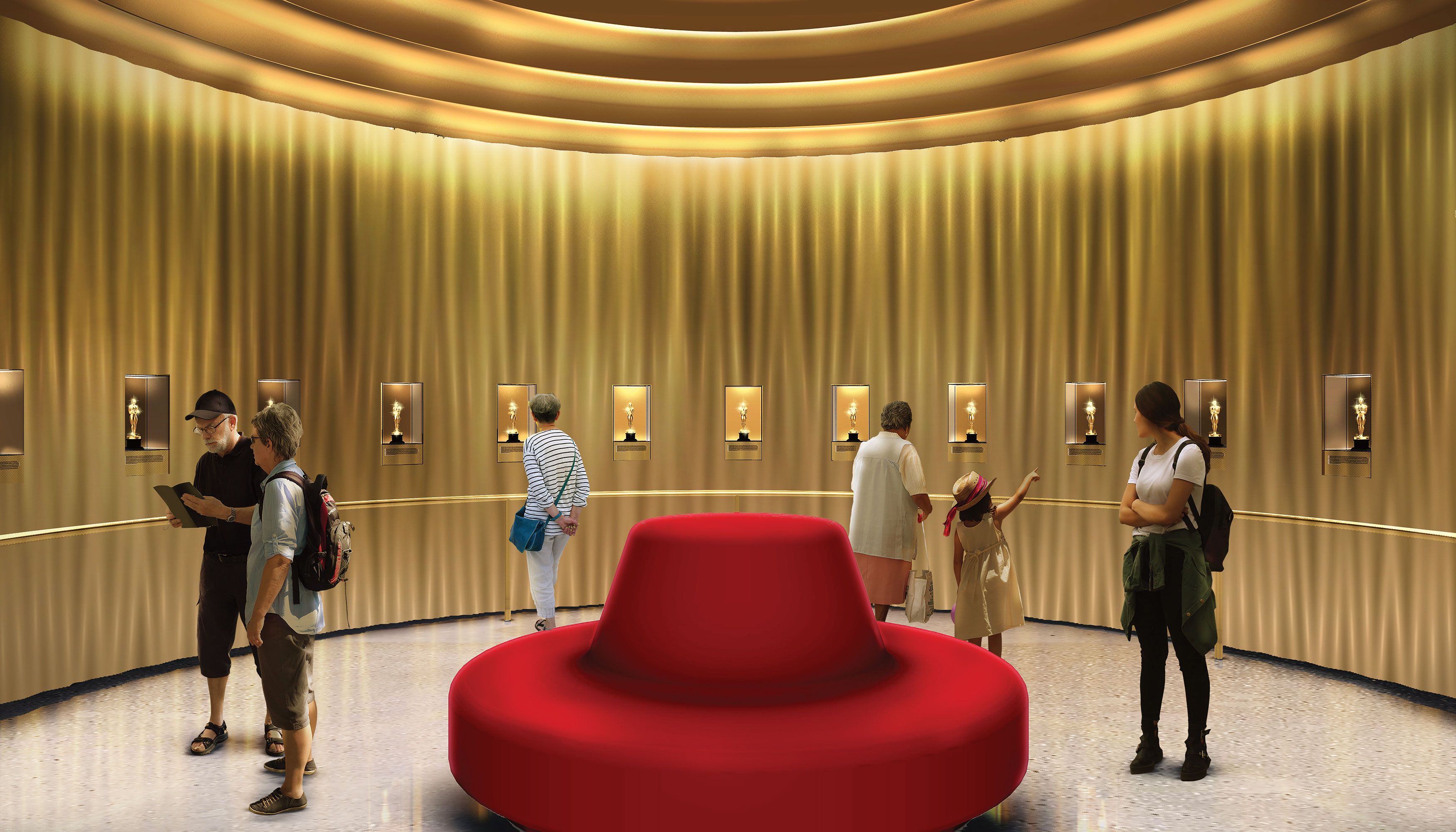
“I think it’s very important for us to celebrate the academy and the Oscars but to also talk about moments within our own organisation that have been less than proud,” Kramer notes. (There is also the purely celebratory “Oscars Experience” in which visitors can simulate walking the red carpet and accepting an award.)
For Stewart, the critical framework only serves to deepen cinema’s cultural relevance. “We acknowledge the artistry and entertainment value, the power of film to transport people, but it’s also important to recognise that these films weren’t made in a vacuum,” she says. “You can love movies and ask questions at the same time. You enjoy things more when you have your eyes wide open.”
Source link : https://www.theartnewspaper.com/news/academy-museum-to-tell-a-more-honest-hollywood-history












